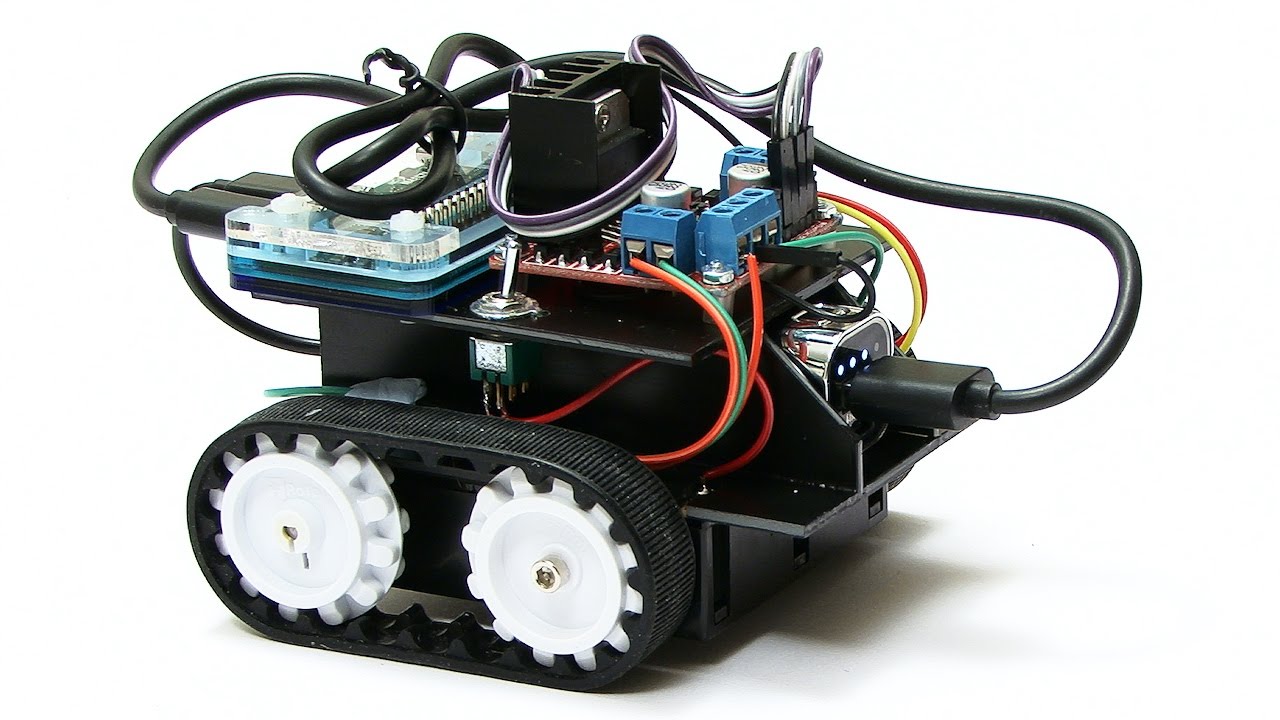The Evolution of Artificial Intelligence: From Rule-Based Systems to Complex Learning Machines
The field of artificial intelligence has undergone significant transformations over the past few decades. From humble beginnings as simple machines that could perform basic tasks to complex systems that can learn, reason, and interact with humans in sophisticated ways, AI has come a long way. This is because, unlike the human brain, AI is not limited by the size of the brain or how many neurons can fit into the skull [^1].
Artificial intelligence developments since the 1950s.
In the early days, AI was primarily focused on developing rule-based systems that could perform specific tasks. These simple machines were limited in their capabilities, but paved the way for more advanced AI systems. However, with the advent of machine learning and deep learning, AI systems have become more sophisticated and capable.
Today, AI is being used in a wide range of applications, from virtual assistants like Siri and Alexa to self-driving cars. Self-driving cars are being tested on public roads and are even being allowed to operate without safety drivers in some US states[^2]. It has also led to significant advancements in areas such as natural language processing, allowing voice assistants like Siri to become more competent and expand their capabilities [^3].
Apple Siri Logo
Despite the progress made, there are still many challenges that need to be addressed. For instance, AI systems can be biased, and they lack common sense and emotional intelligence.
“AI models must be trained using diverse, inclusive data sets” - Google DeepMind Employee
This could potentially lead to incorrect and even discriminatory AI model outputs.
To contrast these views, The European Union has already started on the road to building more humanized AI. The EU has introduced stricter policies and regulations to reduce bias and enhance the overall performance and trust of these AI systems.
European Union Logo
For example, Google’s DeepMind has published several research papers on the topic of developing and ensuring fairness in AI [^4].
“Developing fairness and transparency in AI systems is paramount for the sector going forward” - DeepMind
Despite these concerns, the future of AI looks promising. As researchers and developers continue to work on improving AI systems, we can expect to see more innovative applications and breakthroughs in the years to come. With developers tackling seemingly monumental hurdles every year and succeeding, I am excited to see what developments are ahead.
Robotics and AI Engineers
We need to ensure that the solutions we develop are both ethical and socially beneficial, so they do not have unwarranted negative impacts.
“AI is not a technology that can be programmed to follow rules alone. We must define the future we want to build with AI. The ethics of AI cannot be afterthoughts” - IEEE TechEthics Brief
Finally, this is why we must engage in discourse and be certain of the direction we allow artificial intelligence to affect society.
References:
[^1] This is not to say that in the future, scientists may not find new ways for brain power to expand and break the constraints we thought before. [^2] Tesla Trials of Self-Driving Cars. [^3] Read the Wikipedia article on Siri Here. [^4] DeepMind Publications on Fairness and Transparency in AI.


 Photo by
Photo by 










